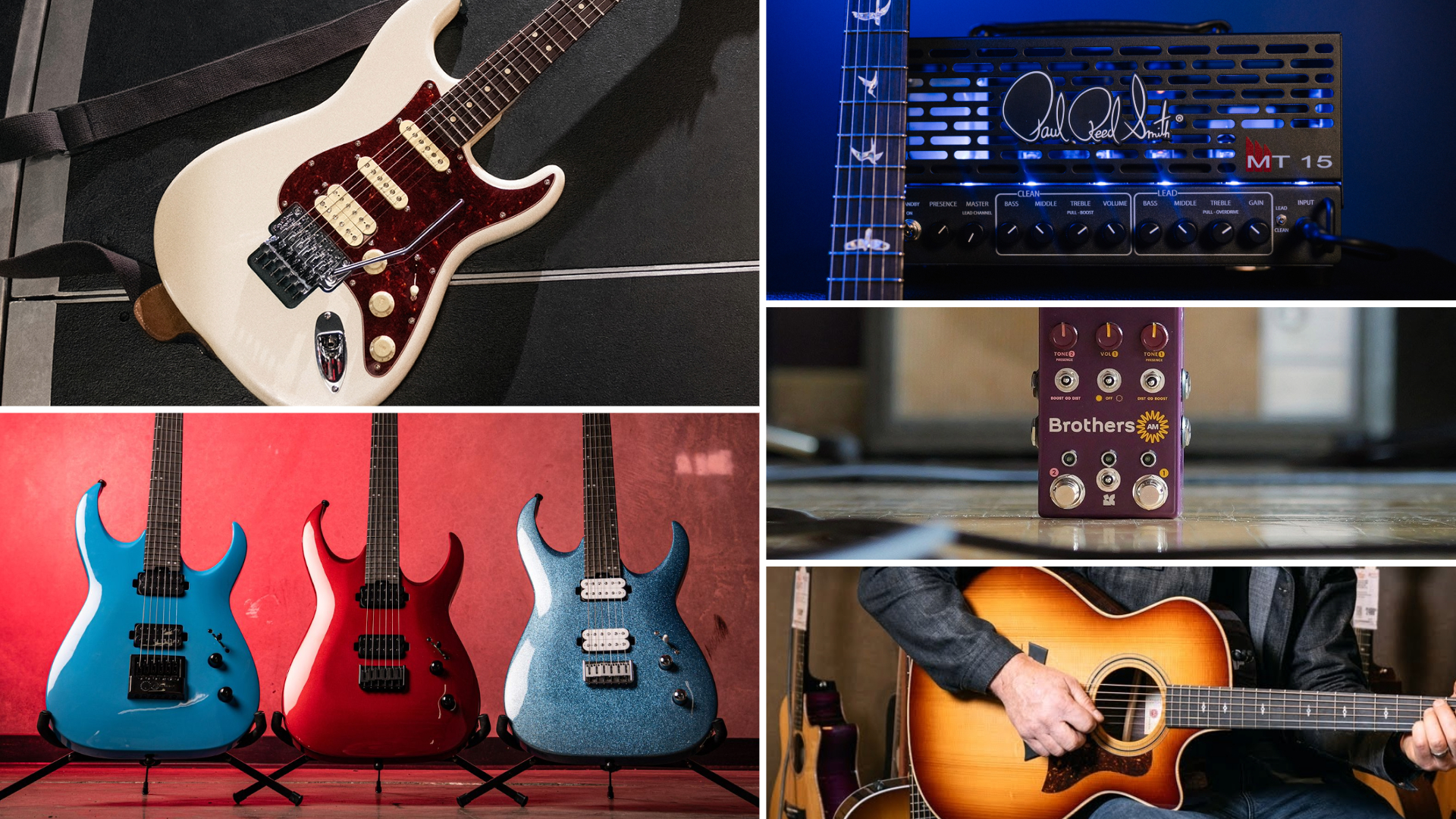“The Fuzz+ somehow takes the perfect fuzz platform even further”: Silktone has overhauled its germanium transistor fuzz pedal – and it’s got a ‘pickup simulator’
The popular Fuzz returns with increased tone tweaking choices and better pedalboard integration

Silktone has unveiled the Fuzz+ – an updated version of its much-loved fuzz pedal, Fuzz, which first arrived back in 2022.
An increased array of tone controls and a second footswitch for engaging a Raw mode – replacing the hand switch function of the flagship pedal – are the chief updates here, as the Californian pedal maker seeks to broaden the sonic horizons of only its third pedal so far.
Dials for Volume, Fuzz, and Cleanup are now joined by additional controls for sculpting the effect's bass and treble shape.
While the former dials may be self-explanatory, the Cleanup control is a little more eyebrow-raising: it's designed to clean up the fuzz the more it's pushed, mimicking the volume knob on a guitar.
All controls affect the instrument signal before it gets fuzzed up, with the bass shape said to go from tight and forward when turned down, to full and round when cranked. Tweaking the Treble, meanwhile, alters the high end for a softer sound if an all-out fuzz flavor isn't your jam.
Moreover, the taper of the Cleanup control is now said to be much smoother, and the Fuzz control has also been improved to harmonize with the new Raw mode feature.
The Raw footswitch allows players to bypass the Cleanup knob and tone settings for a “full unimpeded fuzz tone”.
Get The Pick Newsletter
All the latest guitar news, interviews, lessons, reviews, deals and more, direct to your inbox!
Other tweaks include a higher output volume, while its power requirements are now the standard 9V.
Like its predecessor, though, the Fuzz+'s real USP is its internal 'pickup simulator'. Silktone found that most fuzzes have low input impedance, so, when paired with a high-impedance guitar and another low-impedance pedal before it in the signal chain, players are cursed with a nasty squealing oscillation that loses all musicality.

The presence of a pickup simulator fixes that, meaning the pedal can make its home anywhere in a pedalboard chain. Its makers suggest placing it after a cocked-back wah for those craving Q filtering sounds.
Returning too is its Bias feature, which determines the voltage that fuels the transistors and how they distort and clip the signal. Silktone pairs the transistors to the one dial – whereas other pedals have separate controls, or just one transistor adjustable – which it says sees the transistors land where they need to be every time.
“The Fuzz+ somehow takes the perfect fuzz platform even further,” Silktone asserts.
The Silktone Fuzz+ costs $269 and is available in Classic Black and Turquoise finishes.
See Silktone for more.
A freelance writer with a penchant for music that gets weird, Phil is a regular contributor to Prog, Guitar World, and Total Guitar magazines and is especially keen on shining a light on unknown artists. Outside of the journalism realm, you can find him writing angular riffs in progressive metal band, Prognosis, in which he slings an 8-string Strandberg Boden Original, churning that low string through a variety of tunings. He's also a published author and is currently penning his debut novel which chucks fantasy, mythology and humanity into a great big melting pot.
“The original Jordan Boss Tone was probably used by four out of five garage bands in the late ’60s”: Unpacking the gnarly magic of the Jordan Boss Tone – an actual guitar plug-in that delivers Dan Auerbach-approved fuzz
“This is a powerhouse of a stompbox that manages to keep things simple while offering endless inspiration”: Strymon EC-1 Single Head dTape Echo pedal review











